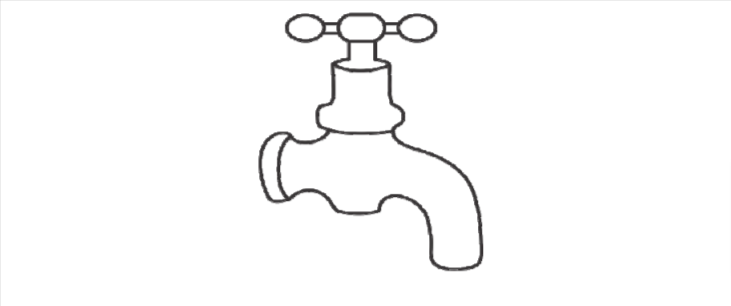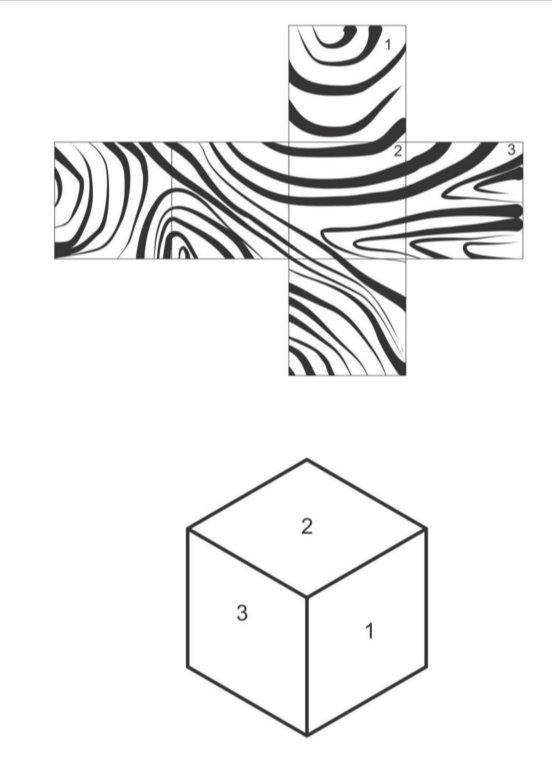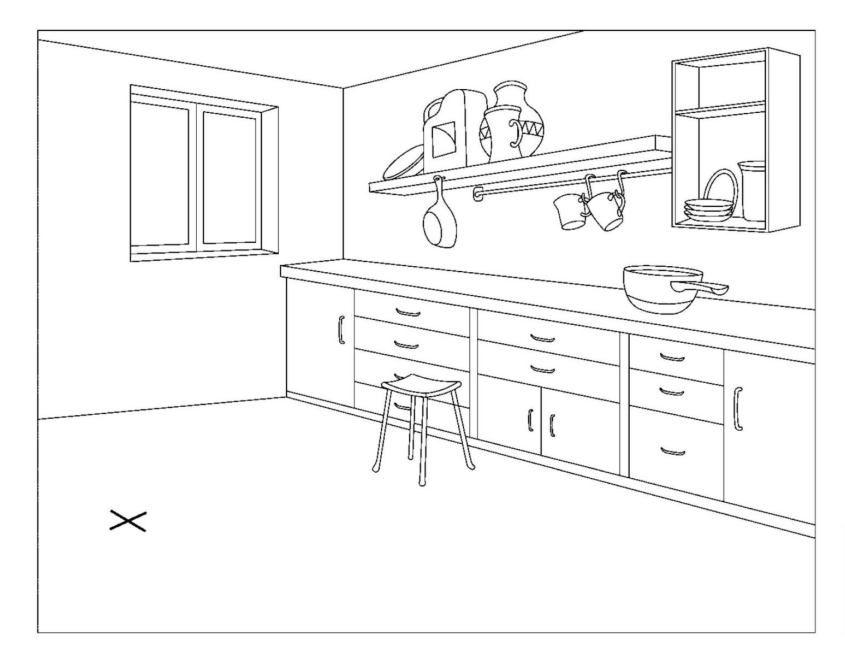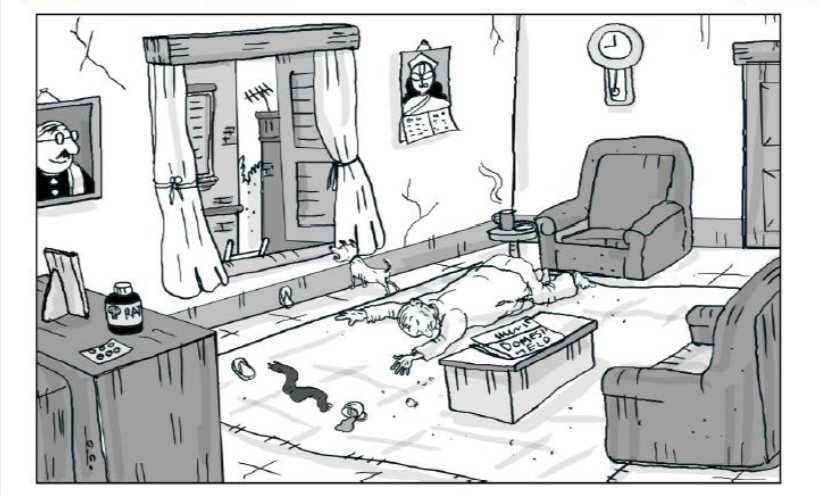Design Aptitude Test or DAT is a part of design entrance exams that checks the creative and sketching ability of candidates and identifies whether they are suited for a design course.
Given the complexities and nuances involved with the test, it takes time and effort to prepare. To get a good score in DAT, the candidate must work hard on their sketching, drawing, and observation skills. Additionally, they must be resourceful enough to find on the spot solutions to design-related questions.
Here we bring you important tips to prepare for the Design Aptitude Test (DAT).
Table of Contents
Design Entrance Exams 2026 – Application, Exam Dates
| Entrance Exam | Event | Date |
| NIFT 2026 Entrance Exam | Start of application form | 3rd week of November 2025 |
| Exam Date | 1st week of February 2026 | |
| NID DAT 2026 Exam | Start of application form | 1st week of September 2025 |
| Exam Date | January 18, 2026 | |
| UCEED 2026 exam | Start of application form | 1st week of October 2025 |
| Exam Date | 3rd week of January 2026 | |
| CEED 2026 exam | Start of application form | 1st week of October 2025 |
| Exam Date | January 18, 2026 |
What is the Design Aptitude Test (DAT)?
The Design Aptitude Test (DAT) is a section of Design Entrance Exams that evaluates a candidates’ visual perception, creative thinking, problem-solving, design fundamentals, and spatial understanding.
Most design entrance exams have the DAT section, though the nomenclature may change. For instance, it is called the Creative Ability Test (CAT) in the NIFT Entrance Exam and DAT Prelims and DAT Mains in the NID Entrance Exam.
Why is DAT so important?
The Design Aptitude Test (DAT) frequently carries the maximum weightage.
- CAT carries 50% weightage (NIFT)
- DAT Mains carries 60% (NID DAT)
So, if you are preparing for any design entrance exam, you must first master the Design Aptitude Test (DAT) questions. This way you can assure yourself a good score in any entrance exam.
Design Aptitude Test (DAT) Questions
The DAT question paper will include mainly TWO types of questions.
- Drawing/Sketching Questions
- General Aptitude/Logical Reasoning Question
Sample Drawing/Sketching Questions
- Imagine trees have started growing defensive mechanisms to prevent themselves from being cut. Conceptualize 3 such defensive mechanisms. Describe in brief and draw the ideas in the space given below. (15 marks).
- Rabindranath Tagore once said “Where the mind is without fear and the head is held high, where knowledge is fee”
Make a poster depicting the above idea along with a tagline. (10 marks)
- You have an old bulb. Conceptualize 5 ways in which the bulb can be reused humorously. Describe in brief and draw your ideas in the space given below. (15 marks).
- Imagine and draw a real-life situation which represents “All that is good does not glitter” in a meaningful way. Use the space given below to draw and explain your interpretation in five lines. No color to be used. (20 marks)
The topics that will be covered in the NID DAT Prelims for B.Des admissions are given in the table below. Practice these topics to get a good score in the NID DAT exam.
| Design Outline for Beginners | Colour Terminology | Inspiration & Design Development |
| Mood, Theme & Colour Inter-relationship | Design Theory | Elements & Principles Of Design |
| Natural & Geometrical Form | Innovation in Design | Principles of Composition |
| Lettering | Optical Illusion | Understanding Light & Shade |
| Colour Psychology & Optical Illusions | Form & Function | Presentation Techniques |
| Theme Development | Creative thinking & writing | Picture Analysis |
| Visual Logic | Good Design vs Bad Design | Drawing Fundamentals |
| Use of Measurements, Scale & proportions | Optical Illusion | Inspiration & Creativity |
| Colour, Pattern & Texture | Developing Observation | Developing Themes & Colour Associations |
| Memory Drawing | Usage of Colour in Compositions | Expression & Emotion |
| Exercises on imagination | Lateral Thinking | Story Pictures |
| Imagination & Doodling | Ornaments & motifs | 3D Visualisation |
| Graphics & Pictograms | Innovation & Creation | Design Awareness |
| Foreshortening & Perspective |
Sample General Aptitude/Logical Reasoning Questions
The DAT section sometimes also contains general aptitude and logical reasoning questions. For instance, the DAT Prelims paper includes both general aptitude and reasoning questions.
Given below some examples to get an idea of these types of questions asked in DAT.
1. What geometric solid is formed when you fold along the lines of the given image?
(A) Pyramid
(B) Tetrus
(C) Tetrahedron
(D) Harmonica

2. In the figure given below, which number will replace the question mark?
(A) 30
(B) 28
(C) 33
(D) 16

Reasoning questions for practice:
Q1. In which direction does the dark Gear rotate?
(A) Clockwise
(B) Counterclockwise
(C) No rotation
(D) All of the above

Which net when folded along with the dotted line, will give the shape of the 3D solid given Below?
(A)
(B)
(C)
(D)

In the following figure, the circle represents artists, the triangle represents sculptors, and the rectangle represents girls. The number in the shape is the number of persons of that particular category. How many girls are artists but NOT sculptors?
(A) 17
(B) 19
(C) 40
(D) 22

If you remove 18 alternating colour squares from a chessboard, how many squares of alternating colours remain on the board?
(A) 44 (B) 47 (C) 39 (D) 46
Choose the box that is similar to the box formed by folding the given sheet of paper along the edge lines.
(A) 1 & 3 only (B) 2 & 4 only (C) 3 & 4 only (D) 1 & 4 only

Which box is next in the Sequence?
(A) (B) (C) (D)

Which piece fits correctly from the template below without flipping?

Which of the following words have all letters that have the same mirror image?
(A) TEAM (B) TOUR (C) THAT (D) THIS
If BUT=PUT and MAT=CAT then COP=?
(A) ROB (B) TAP (C) MOB (D) None of these
Drawing/sketching questions for practice
Draw a complete proportionate sketch of a bicycle referring to the parts given on the next Page. (15 marks)

Your friend has come to visit you. He is looking at you from the window outside your room as shown in the image given below.
Visualize and draw what he is seeing from his point of view (15 marks)

Modify the below given water tap considering the requirements for different users as mentioned below:
a) A six year old child
b) An artist
c) A visually impaired person
Draw the modified water tap for each of the users and write 3 points as to why you consider the modified idea of a water tap suitable for them. (15 marks)

Draw the given pattern in the 2D cut out surfaces onto the respective surfaces of the 3D cube (5 marks).

A drawing of a kitchen is given below. A three old child enters the kitchen and observes the scenario from the pointed mark (X) on the floor.
Visualize and draw the scene from the child’s point of view.

Observe the image of the scene as given below. A person tries to enter the room by a ladder from outside the window and sees the scene inside the room. Visualize and draw the scene from the person’s point of view. No color to be used. (15 marks).

